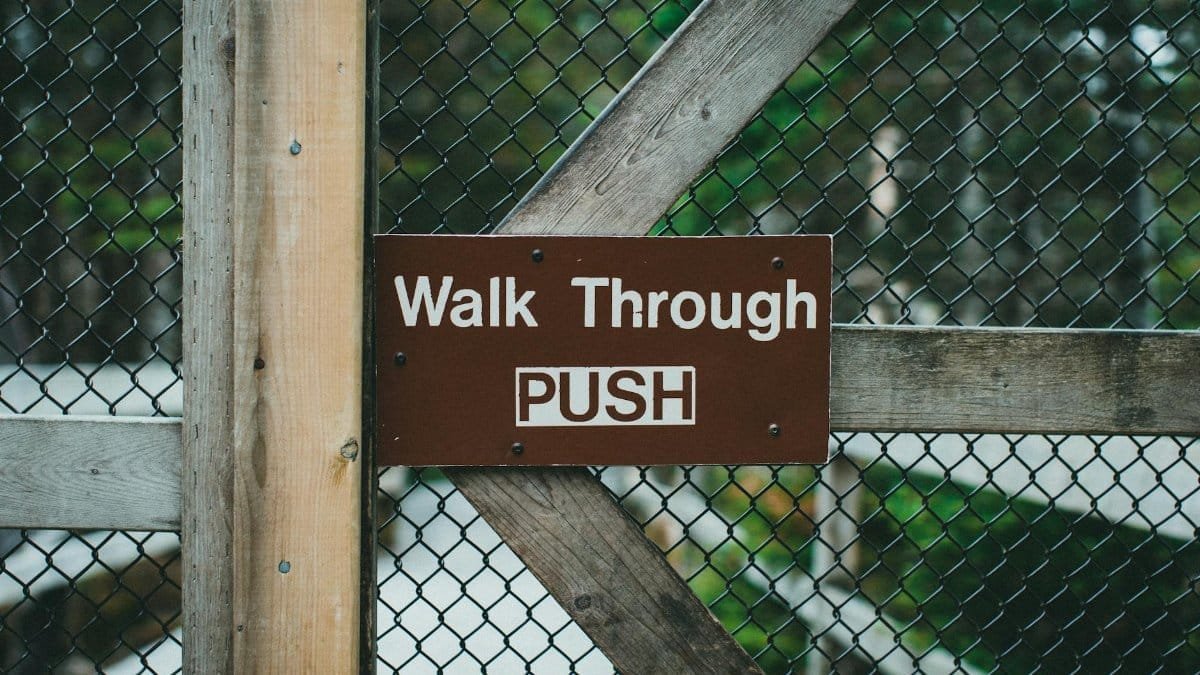Imagine a day spiraling out of control—deadlines looming, notifications buzzing, and stress knotting your shoulders. Then, someone suggests a pause, just five minutes to step away and breathe. This small act, often called a five minute mental reset, has become a quiet lifeline for many Americans grappling with the relentless pace of 2025. Across offices, homes, and even public spaces, people are rediscovering the power of brief mental breaks to recalibrate their minds. It’s not about escaping reality but reclaiming a sliver of calm to face it head-on. From harried parents to overworked professionals, the appeal lies in its simplicity: no tools, no cost, just a momentary shift. But what makes these micro-resets so effective? And how can they fit into lives already stretched thin? Let’s unpack the science, the practice, and the real impact of these short bursts of mental relief.
The Science Behind a Quick Reset

At its core, a five minute mental reset taps into the body’s natural ability to regulate stress. When overwhelm hits, the autonomic nervous system often shifts into fight-or-flight mode, spiking cortisol levels and narrowing focus. A brief pause can engage the parasympathetic nervous system, which helps lower heart rate and ease tension. Research from the National Institutes of Health supports this, showing that even short mindfulness exercises can reduce acute stress markers significantly. You can explore more about their findings on stress regulation here.
Think of it as hitting a neurological refresh button. Studies from the University of California, Los Angeles, indicate that brief breaks involving deep breathing or sensory grounding can disrupt negative thought loops, offering a mental pivot. Check their research on mindfulness and brain function UCLA Health. It’s not magic—just physiology at work. But the real trick lies in how these moments interrupt the momentum of stress before it builds into something unmanageable.
Why Five Minutes Matters

Why not ten minutes or twenty? The beauty of a five minute mental reset is its accessibility. In a culture where time feels like the ultimate scarcity, carving out just a handful of minutes feels doable, even on the busiest days. Psychologists at Harvard Medical School note that short, intentional breaks can be as effective as longer ones for immediate stress relief, especially when tailored to individual needs. Their insights on time-efficient mental health strategies are worth a read at Harvard Health.
Picture a single mother juggling remote work and childcare. Five minutes to close her eyes and breathe while the kids watch a cartoon isn’t indulgent—it’s survival. That brief window can shift her from reactive to responsive. It’s not about quantity but quality, a quick recalibration that fits into the cracks of a packed schedule. For many, this brevity is what transforms a good idea into a daily habit.
Practical Ways to Reset in Five

So, how does one actually pull off a five minute mental reset? The options are as varied as the people using them. One approach is deep breathing—inhaling for a count of four, holding for four, exhaling for four. This can be done at a desk, in a car, or even during a tense meeting if discreet. Another method is grounding, focusing on sensory details: the texture of a chair, the hum of a fan, the coolness of a water bottle in hand. It pulls the mind back to the present.
For those who crave movement, a quick stretch or a brisk walk around the block can jolt the system out of inertia. Some prefer a mental anchor, like repeating a calming phrase or visualizing a peaceful place. The key is experimentation—finding what clicks. There’s no one-size-fits-all, and that’s the point. It’s about personalizing the pause to fit your wiring.
Overcoming the Guilt of Pausing

Here’s a hurdle many face: the nagging sense that stopping, even for five minutes, is a luxury they can’t afford. In a society that often equates busyness with worth, taking a mental break can feel like shirking responsibility. Yet, this mindset overlooks a crucial truth—productivity without clarity is often just wasted motion. A report from the American Psychological Association highlights how chronic stress without breaks impairs decision-making and creativity. Dive into their analysis at APA Stress Resources.
One office worker shared a relatable struggle: “I used to think pausing meant I was weak, like I couldn’t handle the grind. But after burning out, I realized those five minutes are what keep me going.” Reframing the reset as a tool for resilience, not indulgence, can shift the internal narrative. It’s not about opting out; it’s about gearing up to re-engage more effectively.
The Ripple Effect on Daily Life

What starts as a small act can create waves beyond the moment. Regular micro-resets often lead to better emotional regulation over time. A parent might snap less at their kids after a quick breathing exercise. A manager might approach a conflict with clearer perspective after stepping away briefly. These aren’t hypotheticals—they’re patterns seen across countless stories.
In online discussions, one anonymous user described the shift vividly: “I started doing these quick resets during my commute. Just five minutes of quiet before walking into the chaos of work. It’s like I’m a different person—less on edge.” These snapshots suggest that the impact isn’t just personal but relational, softening interactions in a world that often feels abrasive. The reset becomes a buffer, a way to protect both self and others from the spillover of stress.
Barriers and How to Push Past Them

Not everyone finds the five minute mental reset easy to adopt. Common roadblocks include distraction, skepticism, or simply forgetting in the heat of a hectic day. Environments matter too—try focusing in a noisy open-plan office or a house with toddlers. For some, the barrier is internal: a belief that they don’t “deserve” the break or that it won’t work for them.
Start small. Set a phone timer as a reminder, or pair the reset with an existing habit, like after a coffee break. If noise is an issue, earbuds with soft music or even silence can carve out a mental space. Skeptics might test it once during a low-stakes moment, tracking how they feel before and after. Persistence matters more than perfection. Over time, the brain begins to associate those five minutes with relief, making the habit stickier.
When Five Minutes Isn’t Enough

Let’s be honest—sometimes a quick reset is just a Band-Aid. Deep-seated stress or unresolved issues often need more than a breathing exercise. It’s worth recognizing when a five minute mental reset is a starting point rather than a cure. Chronic anxiety, burnout, or trauma can’t be paused away, and that’s where professional support or longer-term strategies come in.
Still, even in those heavier contexts, a brief break can serve as a bridge—a way to stabilize enough to seek bigger solutions. It’s a first step, not the whole journey. Combining micro-resets with therapy, exercise, or sleep hygiene creates a broader safety net. The goal isn’t to oversell the five-minute fix but to position it as one tool in a larger kit, adaptable to the user’s needs and limits.
Making It a Cultural Norm

What if pausing for mental health became as routine as grabbing a coffee? In some workplaces, it’s starting to happen. Companies are experimenting with “reset rooms” or scheduled break prompts, acknowledging that employee well-being fuels performance. Schools, too, are teaching kids short mindfulness exercises to manage test anxiety or social pressures. These shifts signal a broader acceptance that mental health isn’t a sidebar—it’s central to functioning.
Yet, there’s pushback. Some view it as fluff, a distraction from “real” work. Changing that perception requires collective buy-in, from leaders modeling the behavior to peers supporting each other’s pauses. Imagine a team meeting starting with a shared five-minute reset—awkward at first, maybe, but potentially transformative. It’s about normalizing small acts of care, weaving them into the fabric of daily life until they’re no longer seen as optional.
